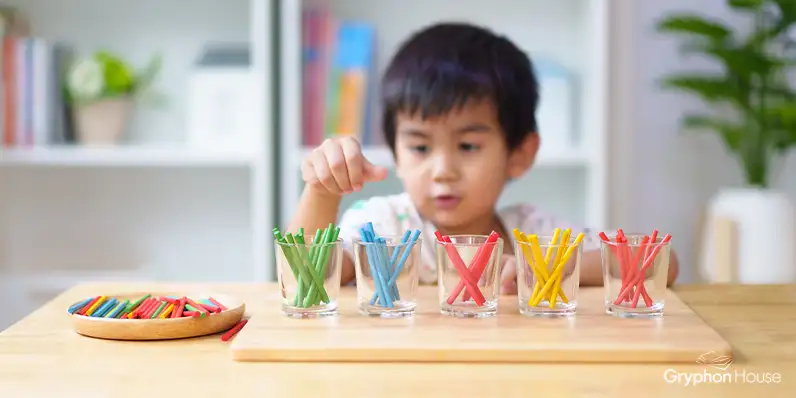Shop
Shop
Events
Company
